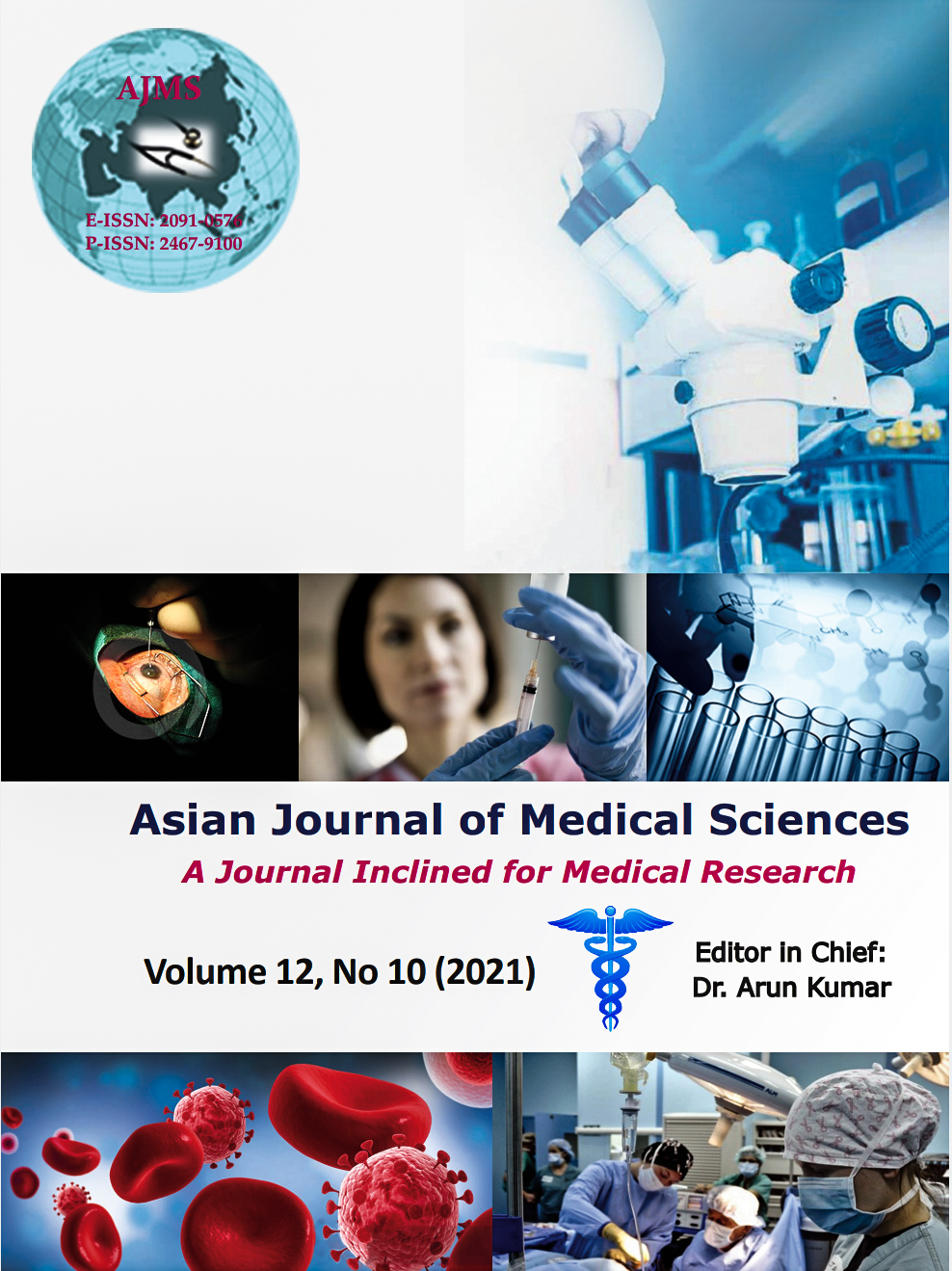An application of the geometric distribution for assessing the risk of infection with SARS-CoV-2 by location
Keywords:
COVID-19, Reproduction number, Geometric distribution, InfectiousnessAbstract
Background: COVID-19 disease has quickly become a pandemic because of high infectiousness among populations. In order to assess for infectiousness reproduction numbers have been widely used in existing literature. A recent research has estimated reproduction numbers by location in order to account for differences among infectiousness.
Aims and Objective: The aim of the present work was to use reproduction numbers in order to obtain an estimate for the mean number of contacts of some patient up to the first transmission of the disease to some other person in a specific location. The objective is to help authorities collect even more information on disease transmission.
Materials and Methods: Our study was based on results obtained in a recent research work where replicated values of reproduction numbers have been generated in order to estimate medians and 95% confidence intervals for these numbers and thus assess infectiousness. We proposed a method that relies on a geometric distribution such that the parameter for this distribution is related to these reproduction numbers.
Results: Our method showed that large reproduction numbers were associated with small mean numbers of contacts up to first transmission of the disease whereas small reproduction numbers were associated with a large mean number of contacts up to first transmission of the disease for all the locations under investigation.
Conclusion: Our method has shown a nice performance and thus it can be considered as an alternative tool, by comparison with reproduction numbers, for assessing the risk of disease transmission, which is particularly useful when locations are investigated separately.
Downloads
Downloads
Published
How to Cite
Issue
Section
License
Copyright (c) 2021 Asian Journal of Medical Sciences

This work is licensed under a Creative Commons Attribution-NonCommercial 4.0 International License.
Authors who publish with this journal agree to the following terms:
- The journal holds copyright and publishes the work under a Creative Commons CC-BY-NC license that permits use, distribution and reprduction in any medium, provided the original work is properly cited and is not used for commercial purposes. The journal should be recognised as the original publisher of this work.
- Authors are able to enter into separate, additional contractual arrangements for the non-exclusive distribution of the journal's published version of the work (e.g., post it to an institutional repository or publish it in a book), with an acknowledgement of its initial publication in this journal.
- Authors are permitted and encouraged to post their work online (e.g., in institutional repositories or on their website) prior to and during the submission process, as it can lead to productive exchanges, as well as earlier and greater citation of published work (See The Effect of Open Access).




